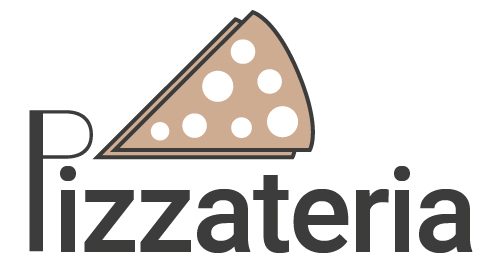Pizza Cost Calculator: Tips to Improve Profits

Many factors influence the cost of pizza at any restaurant. The challenges of maintaining a healthy profit margin also continue to grow. It’s not the rising overhead cost, nor is it the labour shortage or shifting consumer habits.
Restaurant owners cannot control certain trends and fixed costs. This highlights the importance of focusing their efforts on what they can improve. Management of ingredient costs is important regardless of the restaurant’s type.
In any restaurant, profit and cost must be balanced. It is important to have enough ingredients to satisfy patrons’ expectations. However, it would be best to avoid surefire profit-busters such as small batches, specialty ingredients, or food wastage.
You will absorb some of the ingredients to create an unforgettable experience for your customers. But how can you figure out the right amount to avoid food costs threatening profits?
Benchmarking
Comparing your business operations with similar restaurant operations can help identify performance metrics and best practices. Find ways to network with other operators or reach out to non-competing peers for ideas and collaboration. It is possible to save money by learning from experts in the restaurant industry.
For example, you might outline ingredient costs and order needs every week. This can give you a realistic picture of:
- Inventory of ingredients and costs
- Cost-control issues that could arise
- Appropriate pizza pricing
- Profitability
Every restaurateur understands that consistency is key to success on both the income and expense sides.
Pizza Ingredient Cost Projections
Restaurant profitability can be easily impacted by failing to match benchmarking with your business needs. While customer loyalty programs, online ordering and revamping menu items can help increase sales, they won’t necessarily improve profit margins.
A few best practices for inventory control can reduce the cost of goods and prevent missteps.
Don’t overbuy
Food soiled is money wasted. You can double-check and refine your projected numbers by quickly estimating the table turnover rate for an entire evening. If your restaurant has 100 seats and is open for six hours, you can turn each table three times, which would mean that you can serve 300 people at capacity.
You won’t reach capacity every night. You can adjust your ingredient order to accommodate these busy days. This is a great way to understand better how much dough you need and how many crusts you should prepare.
Bonus tip: To account for unanticipated traffic, add 10% to the average dough amount each day.
Request supplier quotes
It’s a good idea to get a few quotes from distributors and suppliers throughout the year. This will give you more options and ensure that you get the best price. Take a look at volume. Is there a vendor that offers a lower threshold to get bigger discounts? This simple thing could make the difference between great and terrible profitability.
Compare actual and ideal food prices
The actual food cost (what you pay to buy ingredients) is often different from the ideal food cost (what your ingredients should have cost). This is because it’s impossible to measure all food and account for all waste. The rising costs indicate that your sales mix includes high-food cost items that drive greater profitability, and your projections are correct. If the reverse is true, it could indicate underlying issues such as theft, poor staff training, or improper ingredient portioning.
Calculate your profitability
To determine if and how much profit is being made, compare ingredient costs with total sales. It is a good practice to keep an inventory of essential ingredients such as dough/crust, pepperoni and cheese every week, and other ingredients and supplies every month. Although it can be tedious, taking inventory is essential to keep your ingredient costs down and your overall profits in check.
Be aware of common misconceptions
Although many restaurant owners and chefs hold deep beliefs about ingredients, some may have outdated information. Sometimes, fresh is the best. It is worth considering whether frozen dough balls or par-baked pizza crusts are better options if hidden costs to make homemade pizza dough each day are taking away profits through labour costs, inventory control, and spoilage.
A common misconception is that these options are more expensive or don’t meet the same quality or clean-label standards of fresh. Look for an ingredient supplier that can also serve as a strategic partner. They will be able to help you determine if this cost-saving strategy is right for you.




Leave a Reply